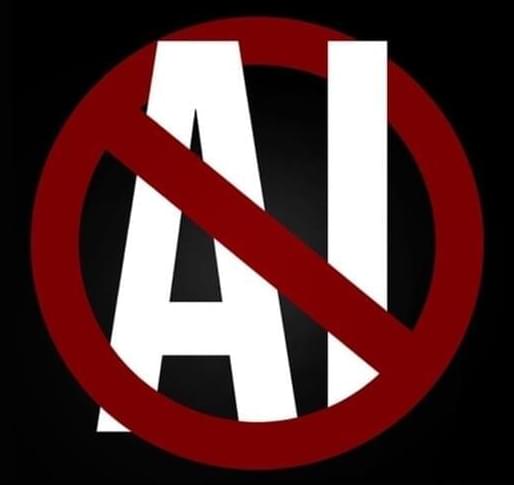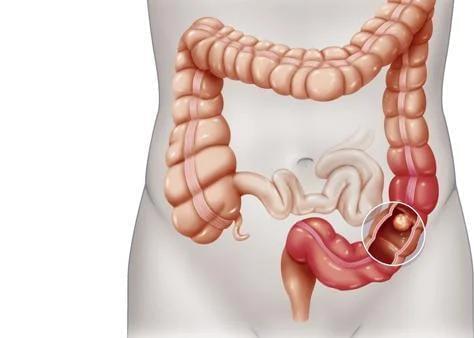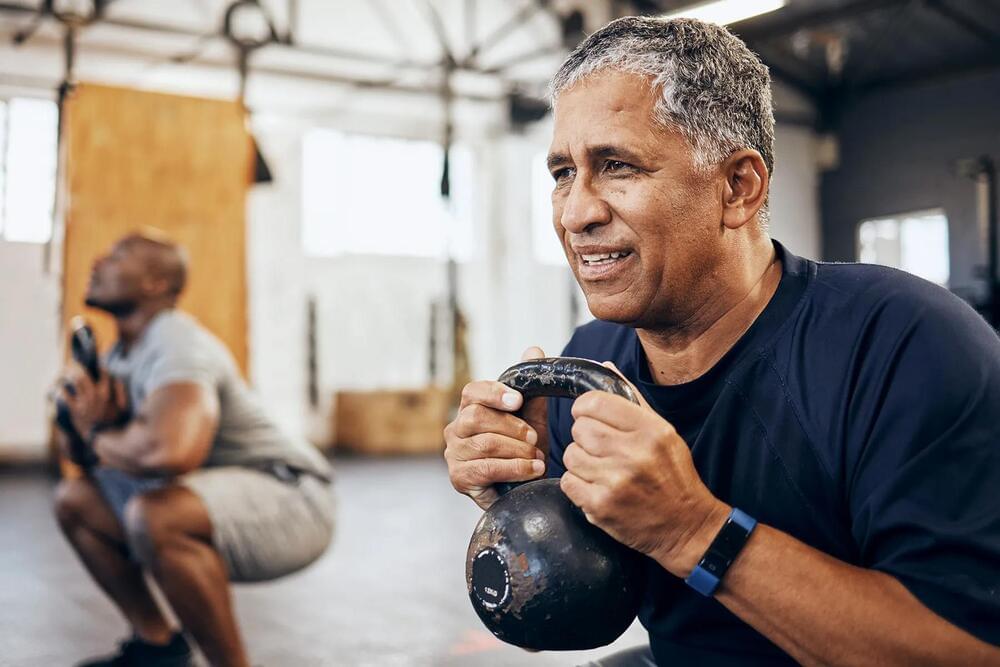ACE, a groundbreaking DNA-powered signal amplification technology, significantly enhances the sensitivity of mass cytometry, providing new insights into various biological and pathological processes.
Since the 1950s, researchers have employed “flow cytometry,” a renowned technique devised by Wallace Coulter, to characterize various types of immune cells in research studies and human blood samples. This method has significantly enhanced our understanding of immune cell development and provided innovative approaches for evaluating human health and diagnosing various blood cancers. Eventually, flow cytometry was extended to analyze other cell types as well.
In traditional flow cytometry, cell surface and intracellular proteins are detected with antibody molecules that are linked to fluorescent probes. However, while providing single-cell sensitivity, this method is limited in detecting multiple proteins by the number of fluorophores that can be clearly distinguished within the entire spectrum of fluorescent light.









